How to get URL link on X (Twitter) App


 1. Fiscal Dominance: The Train With No Brakes
1. Fiscal Dominance: The Train With No Brakes

 Under Bretton Woods (1944), the dollar was pegged to gold at $35/oz, and other currencies pegged to the dollar.
Under Bretton Woods (1944), the dollar was pegged to gold at $35/oz, and other currencies pegged to the dollar.

 The Diagnostic Snapshot: Understanding the Affordability Crisis
The Diagnostic Snapshot: Understanding the Affordability Crisis

 Officially, the Fed has a “dual mandate”:
Officially, the Fed has a “dual mandate”: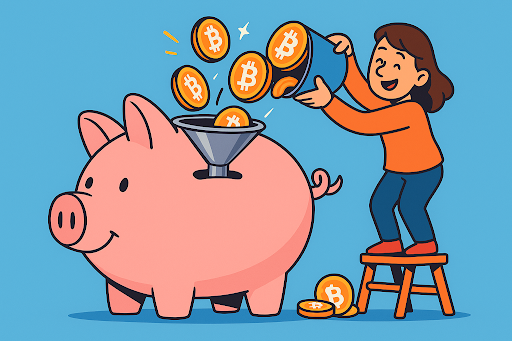
 Why DCA into Bitcoin?
Why DCA into Bitcoin?
 1/12 — The Maturity Wall
1/12 — The Maturity Wall
 Austrian econ 101. Your time preference is how much you discount the future relative to today. Hard money that holds value rewards patience, planning, and craftsmanship. Soft money that erodes nudges people to spend first, borrow often, and hope policy bails out the gap. Change the money, change behavior, change families, change feedback loops across the whole culture.
Austrian econ 101. Your time preference is how much you discount the future relative to today. Hard money that holds value rewards patience, planning, and craftsmanship. Soft money that erodes nudges people to spend first, borrow often, and hope policy bails out the gap. Change the money, change behavior, change families, change feedback loops across the whole culture.


 During Trump’s first term, tariffs doubled from ~$40B to ~$80B annually. Manageable.
During Trump’s first term, tariffs doubled from ~$40B to ~$80B annually. Manageable.

 Collum’s claim is simple: governments will never allow Bitcoin to take over. He thinks it’s all a setup to get us ready for central bank digital currencies.
Collum’s claim is simple: governments will never allow Bitcoin to take over. He thinks it’s all a setup to get us ready for central bank digital currencies.

 The update was announced publicly by Saylor.
The update was announced publicly by Saylor.


 When we left the gold standard in 1971, money stopped being tied to anything finite.
When we left the gold standard in 1971, money stopped being tied to anything finite.


 He starts by conceding what few Bitcoiners will:
He starts by conceding what few Bitcoiners will:

 The executive order directs the Department of Labor to re-examine rules on “alternative assets” in employer-sponsored retirement plans.
The executive order directs the Department of Labor to re-examine rules on “alternative assets” in employer-sponsored retirement plans.



 Early money was local.
Early money was local.



 He didn’t just explain how they work.
He didn’t just explain how they work.
 Truth #1: Banks don’t lend your savings.
Truth #1: Banks don’t lend your savings.

 This isn’t just a high-performing company.
This isn’t just a high-performing company.

 Historically, Bitcoin had no yield.
Historically, Bitcoin had no yield.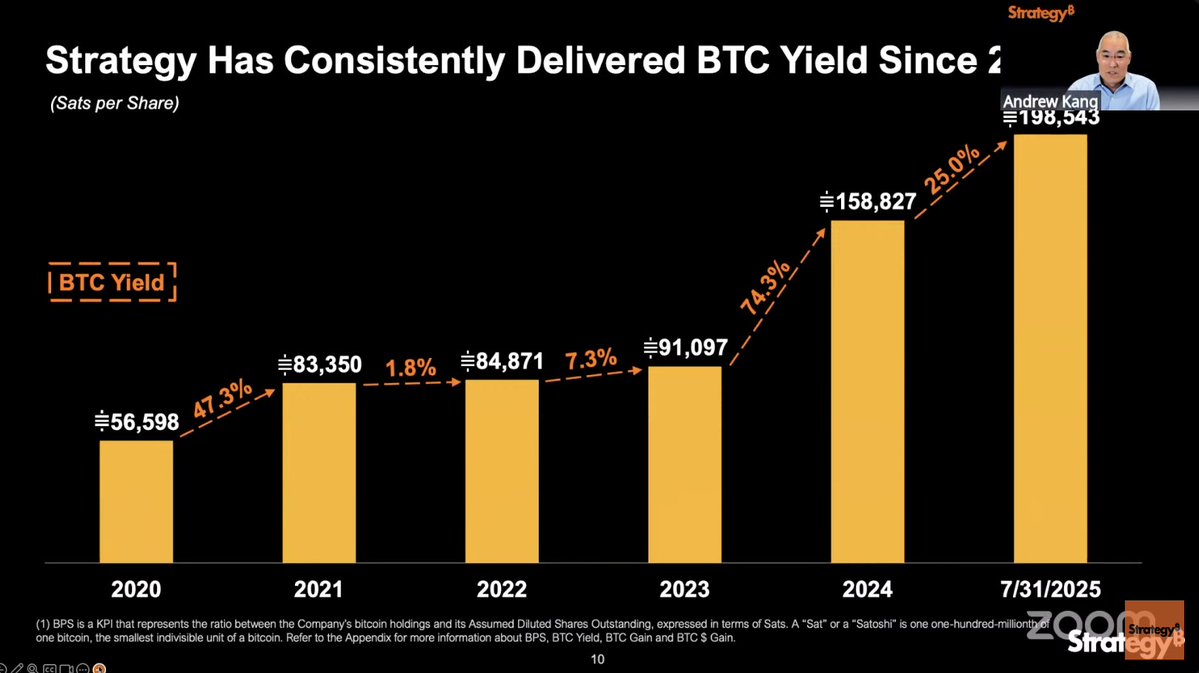
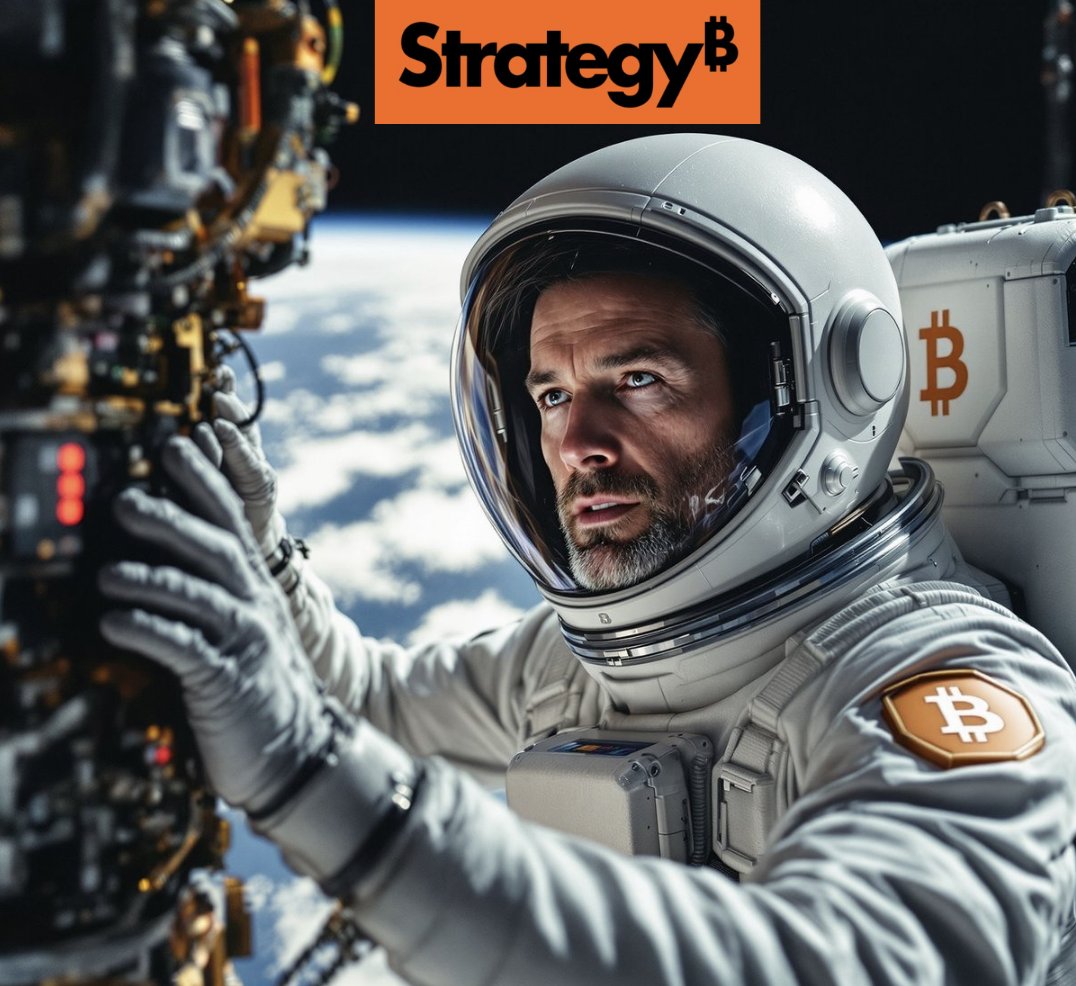

 Year-to-date, Strategy has raised $18.3B in capital—more than 80% of last year’s total in just 7 months.
Year-to-date, Strategy has raised $18.3B in capital—more than 80% of last year’s total in just 7 months.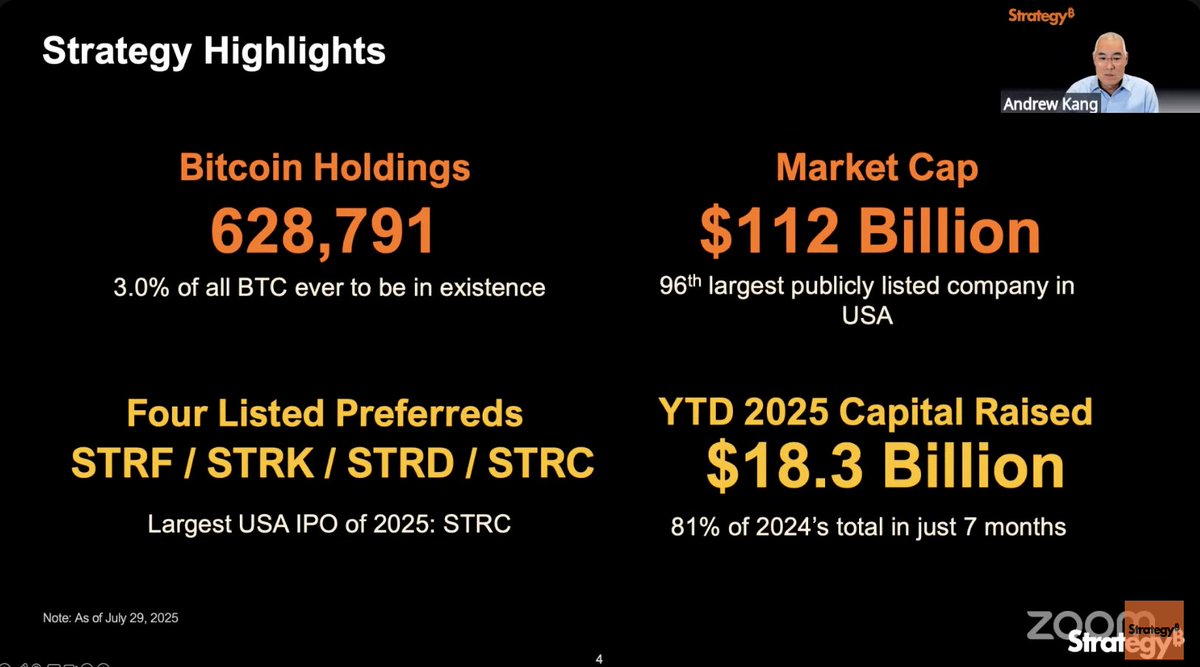
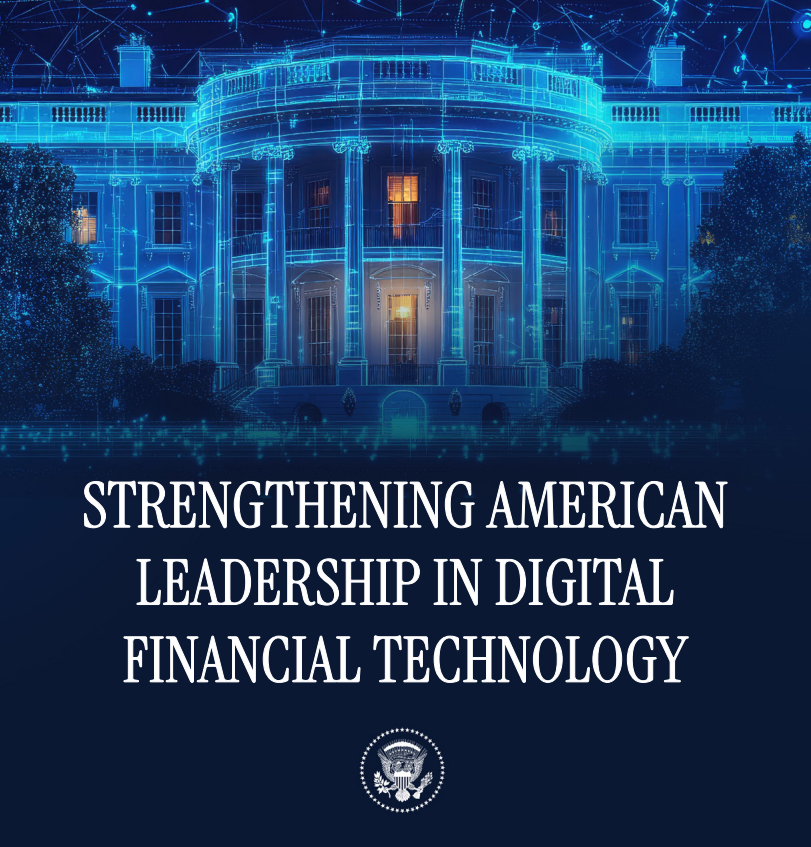

 Let’s be clear: the Strategic Bitcoin Reserve is not being shelved or forgotten about.
Let’s be clear: the Strategic Bitcoin Reserve is not being shelved or forgotten about.
